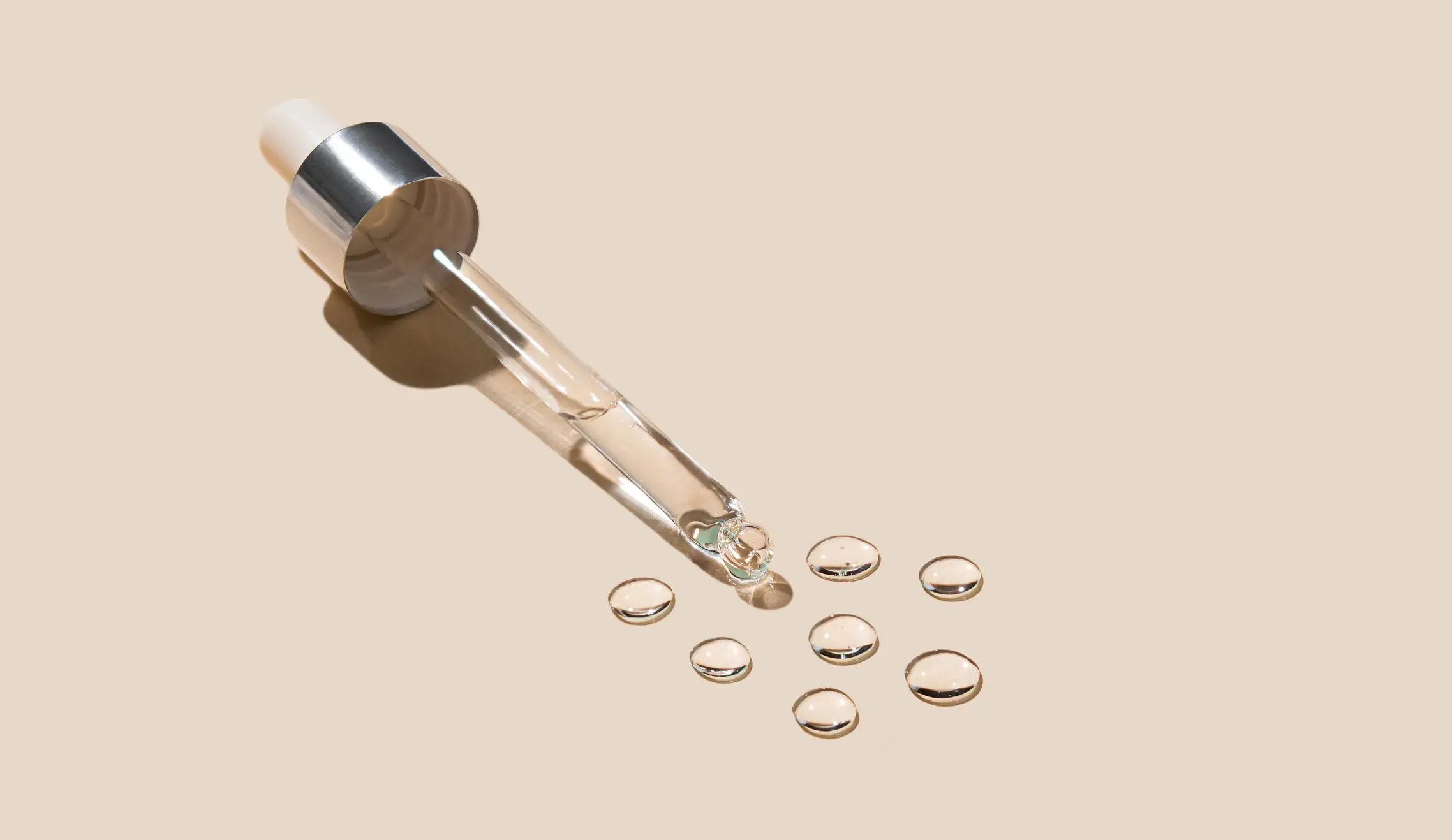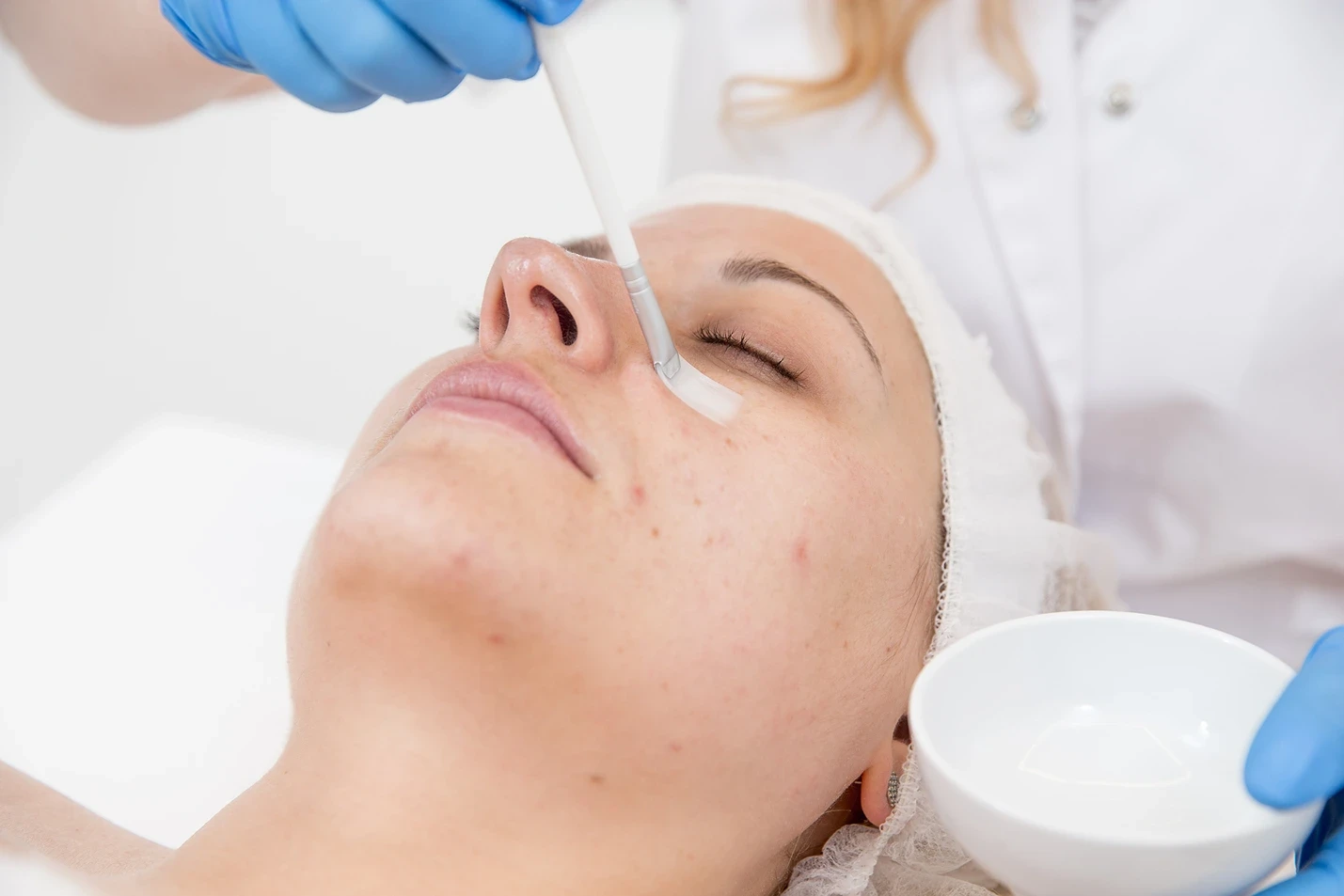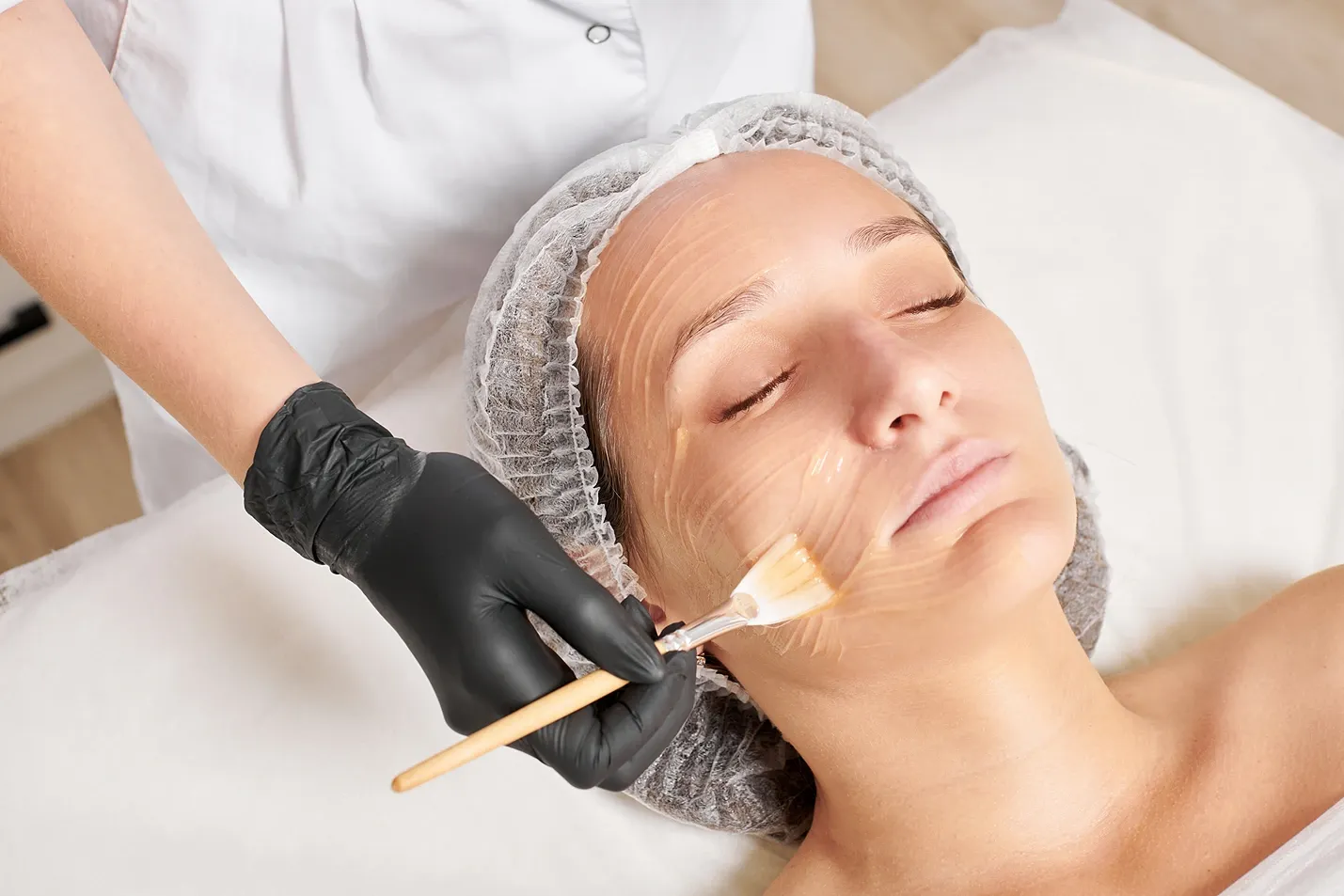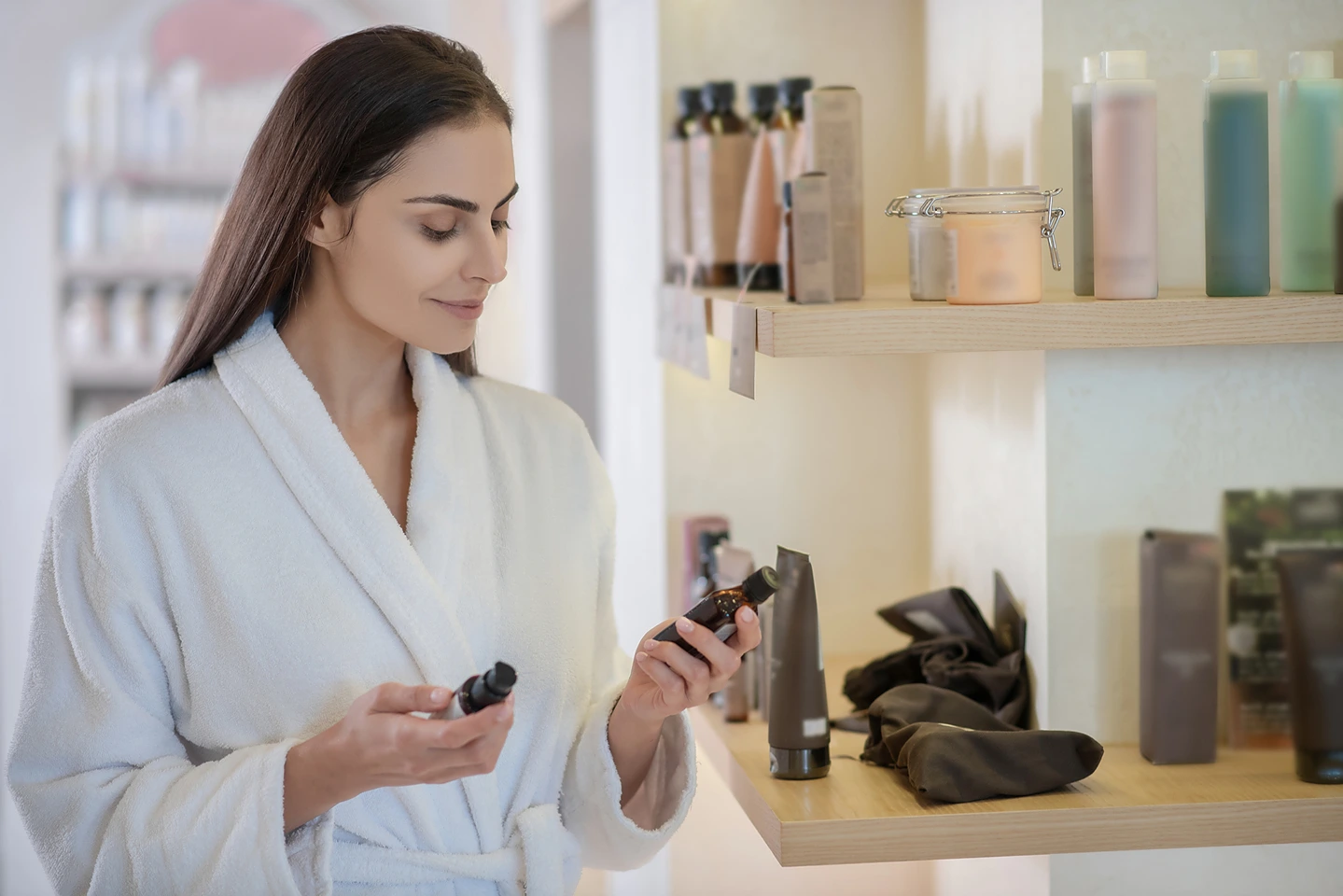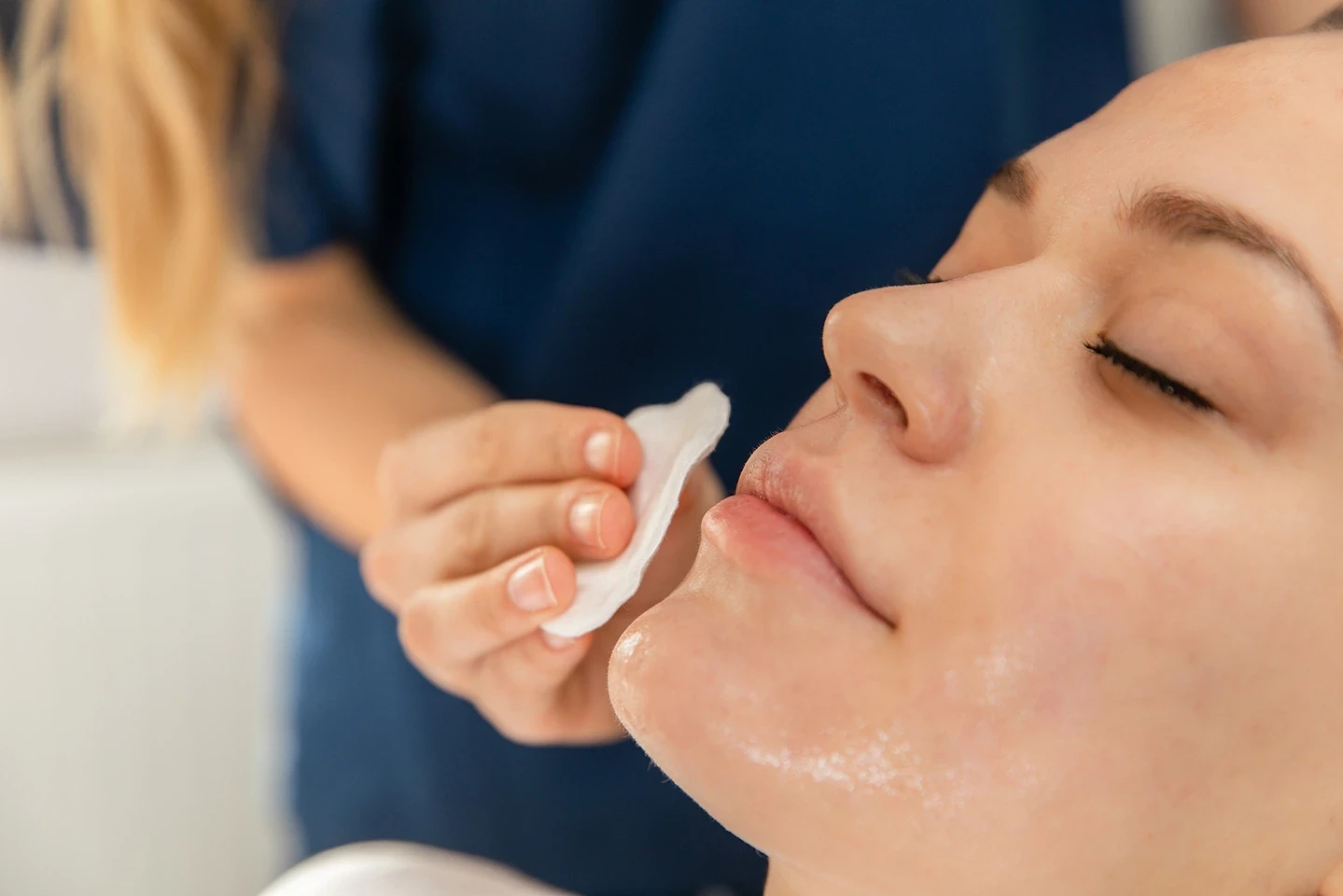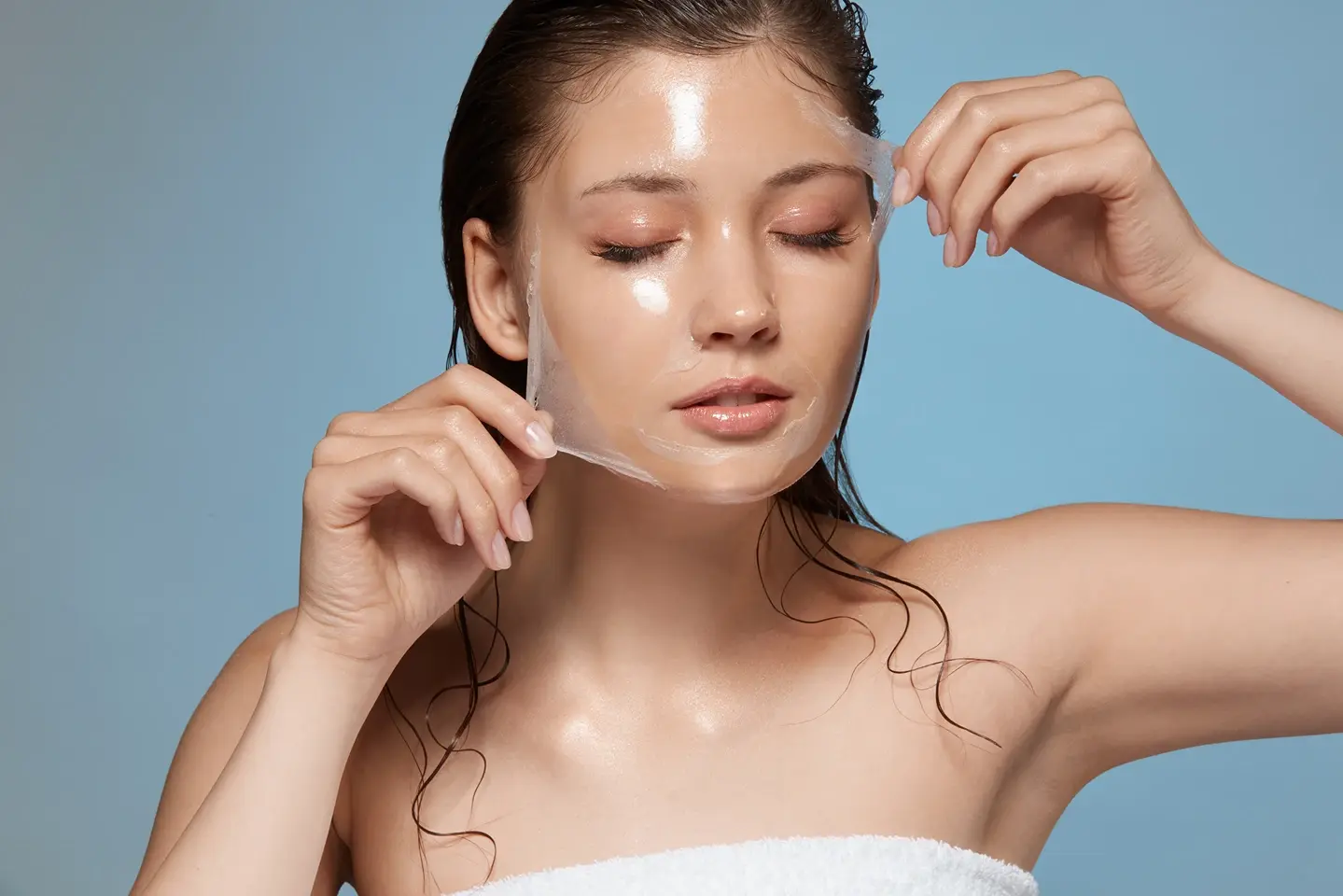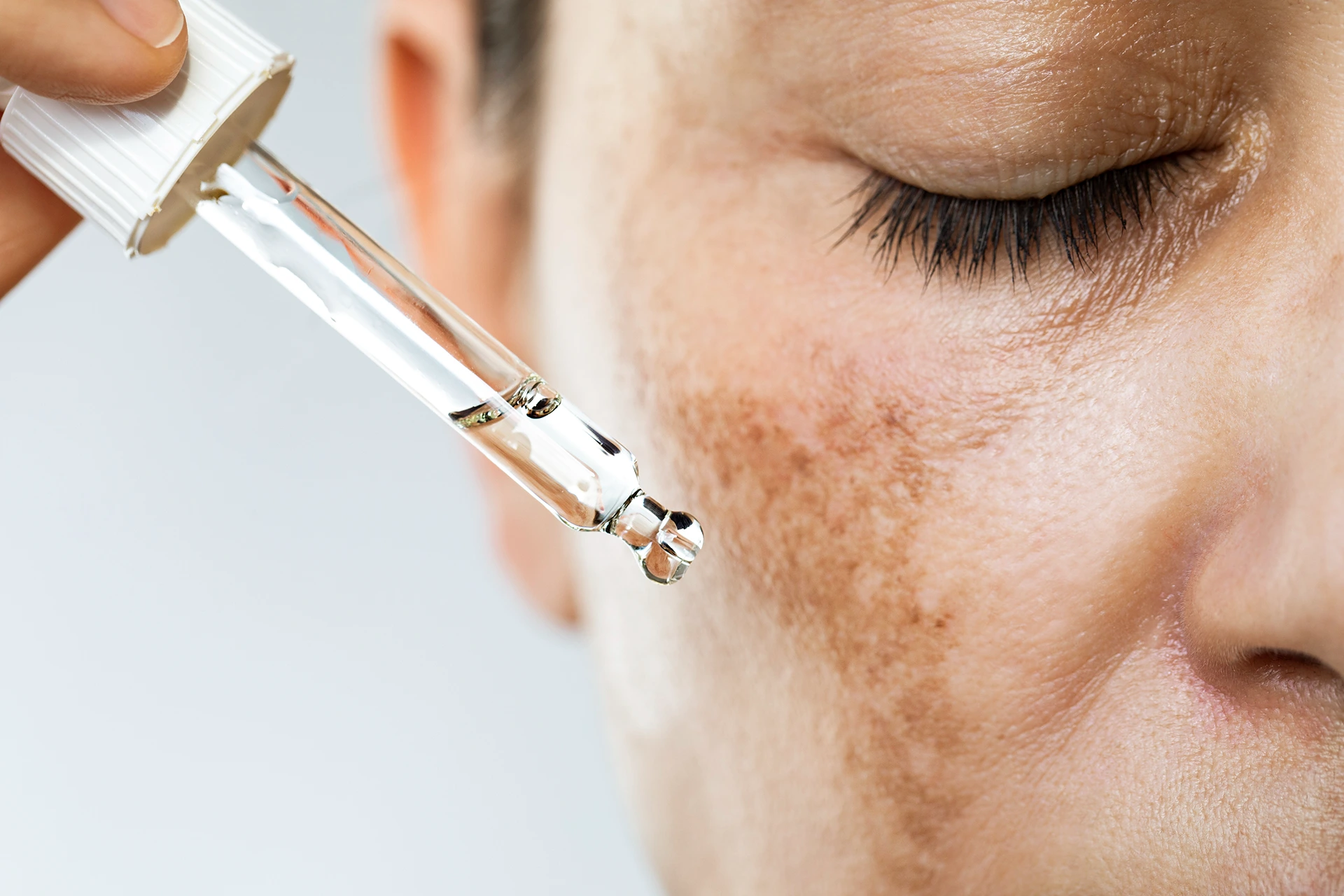Peeling and Irritation Explained – Plus Tips to Minimize Discomfort
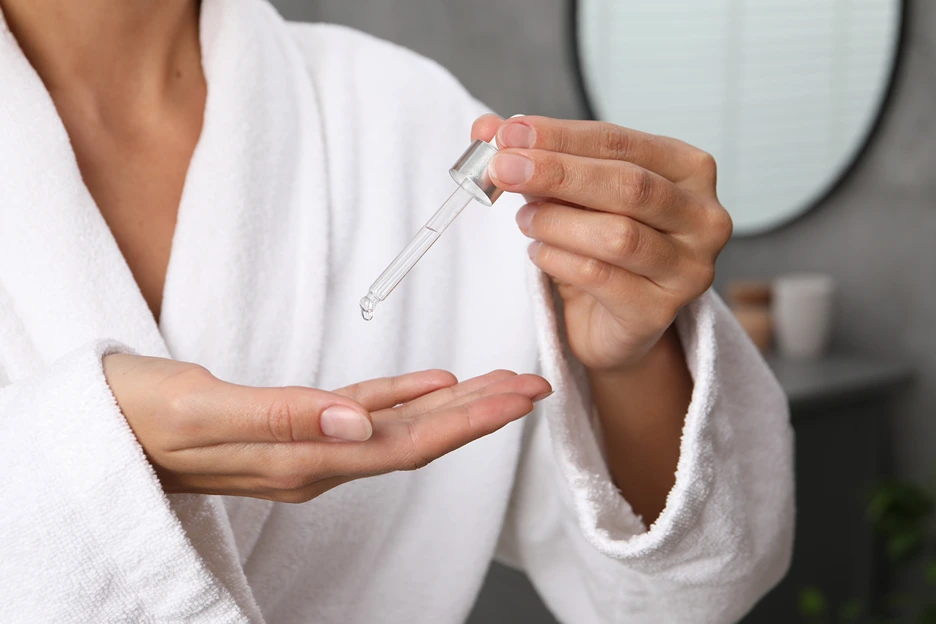
While peeling can occur, not everyone experiences this reaction when using retinol. The severity of retinol peeling varies based on several factors. With proper usage and care, it may be possible to reap the rewards of retinol without excessive dryness or peeling.
Retinol is a vitamin A derivative that offers numerous benefits for skin health, including reducing lines and wrinkles, fading discoloration, clearing acne, and boosting collagen production. However, one common side effect of retinol is peeling. So does retinol always make your skin peel?
Schedule a consultation with our experts to discuss whether retinol is right for your skin goals and concerns.
Retinol and Peeling: Is it a Normal Side Effect?
Peeling is a common side effect of using retinol and retinoids (prescription vitamin A formulations). This reaction occurs because retinol works by increasing skin cell turnover. The top layer of dead skin cells is exfoliated more rapidly, revealing the newer skin underneath.
This accelerated cell turnover leads to peeling in the early stages of treatment as the skin adjusts. Mild to moderate flaking and peeling is normal during the retinization process, which can take anywhere from 2 to 12 weeks when starting retinol.
Some individuals may also experience redness, dryness, irritation, stinging, or itching when first using retinol. As the skin builds tolerance, these side effects typically improve. However, results and side effects vary. Those with sensitive skin are more prone to retinol peeling and irritation.
Why Does Retinol Cause Peeling?
To understand why retinol causes peeling, it helps to know how it works. Retinol is absorbed into the skin and converted to retinoic acid, which binds to receptors that regulate cell growth and differentiation.
This stimulates increased collagen and elastin production, helping improve skin texture and reduce wrinkles. It also causes enhanced epidermal turnover by speeding up cell division in the basal layer.
As this turnover accelerates, the top layers of skin are sloughed off more rapidly. This reveals the fresh new skin underneath and is the process that causes peeling and flaking.
Several factors can influence the intensity of retinol peeling:
Retinol Concentration
The concentration of retinol determines how quickly it accelerates cell turnover. Higher percentages lead to faster exfoliation and increased potential for peeling.
Start with lower concentrations (0.25%-0.5%) and gradually increase strength over time to minimize irritation and allow skin to adjust. Most over-the-counter retinol products are 0.1%-1%.
Frequency of Application
More frequent application of retinol speeds up cell turnover, which can worsen peeling compared to less frequent use.
Applying retinol daily often causes irritation, especially when starting treatment. It’s best to begin by using it 2-3 times per week and slowly increase frequency based on tolerance.
Skin Type
Individuals with sensitive skin are more prone to irritation, redness, and peeling from retinol. Care should be taken to choose lower strengths and minimize use when initiating.
Those with oily skin may be able to tolerate more frequent application and higher strengths with less peeling side effects.
Use of Combination Products
Using retinol with other drying agents like benzoyl peroxide, alpha hydroxy acids (AHAs), or vitamin C serums can compound irritation and peeling.
Combination therapy should be approached cautiously and incorporated slowly to gauge skin’s tolerance. Refrain from using multiple potentially irritating products on the same day.
Ensure proper moisturization when using any products together to counteract dryness and peeling.
How Long Does Retinol Peeling Last?
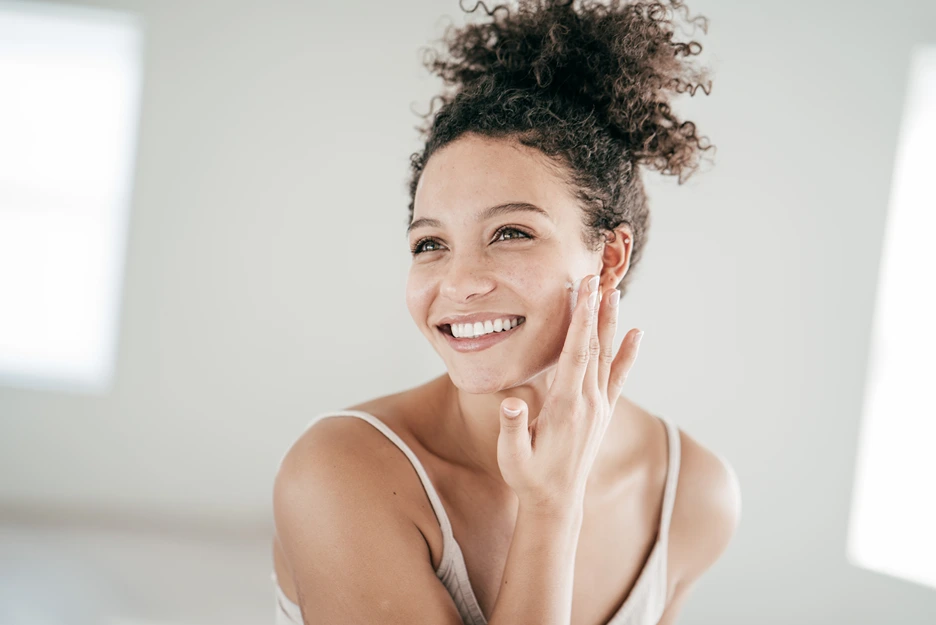
The duration of retinol peeling varies from person to person based on factors like skin sensitivity and rate of adjustment. Here’s what to expect:
| Phase | Timeframe | Description |
| Initial Peeling Phase | Weeks 1-6 | Most intense peeling occurs as skin adjusts to retinol treatment. Peeling peaks around weeks 2-3 when dead skin cells shed rapidly. |
| Transition Period | Weeks 6-10 | Peeling slowly subsides during this period as irritation and flaking decrease gradually. |
| Maintenance Phase | Week 10+ | Occasional mild peeling occurs as skin fully adapts to retinol. Marks the end of the retinization process for most users. |
For most, retinol peeling lasts about 6 to 12 weeks total during the retinization process. Gentle exfoliation can help speed up sloughing of dead skin. If significant peeling persists beyond 12 weeks, consult a dermatologist. This may indicate irritation needing assessment.
Turn to CosMedic LaserMD’s experienced medical providers to guide you through the retinization process for optimal results with minimal discomfort.
How to Manage Retinol Peeling
While retinol peeling is a normal side effect, there are effective strategies to minimize and manage it:
- Start Slow: Begin with a low strength of retinol (0.25% to 0.5%) and apply it 2 to 3 times per week. Gradually increase the frequency based on your skin’s tolerance.
- Use Moisturizer: Apply a rich, fragrance-free moisturizer to soothe and hydrate the skin. This helps offset dryness and peeling, acting as a buffer against irritation.
- Avoid Harsh Products: Steer clear of abrasive scrubs, toners with alcohol, and astringents, as these can exacerbate peeling and irritation during the retinization process
- Protect Skin: Always apply a broad-spectrum sunscreen with SPF 30 or higher when using retinol to prevent increased sun sensitivity
- Adjust Application: Apply retinol on completely dry skin after washing your face but before serums or heavier moisturizers. This can help minimize irritation by reducing penetration depth
- Take Breaks if Necessary: If peeling or irritation becomes severe, consider pausing retinol usage for a few days to allow your skin to recover before resuming treatment.
- Consider “Retinol Sandwiching”: This technique involves applying moisturizer first, then retinol, followed by another layer of moisturizer. This method can help reduce irritation while still allowing for effective treatment
- Simplify Your Skincare Routine: During the adjustment period, simplify your skincare routine by avoiding additional active ingredients that may irritate your skin further
Can You Prevent Retinol Peeling?
It may not be possible to prevent retinol peeling entirely, as it is an inherent side effect of the enhanced cell turnover it induces. However, the suggestions above can help minimize the severity of flaking and dryness.
Retinol concentration and formula also impact the potential for peeling. Seeking out a low-strength encapsulated retinol combined with soothing ingredients may produce less irritation. Consulting a dermatologist can help identify the ideal retinol product for your skin type and needs.
Are There Retinol Alternatives That Don’t Cause Peeling?
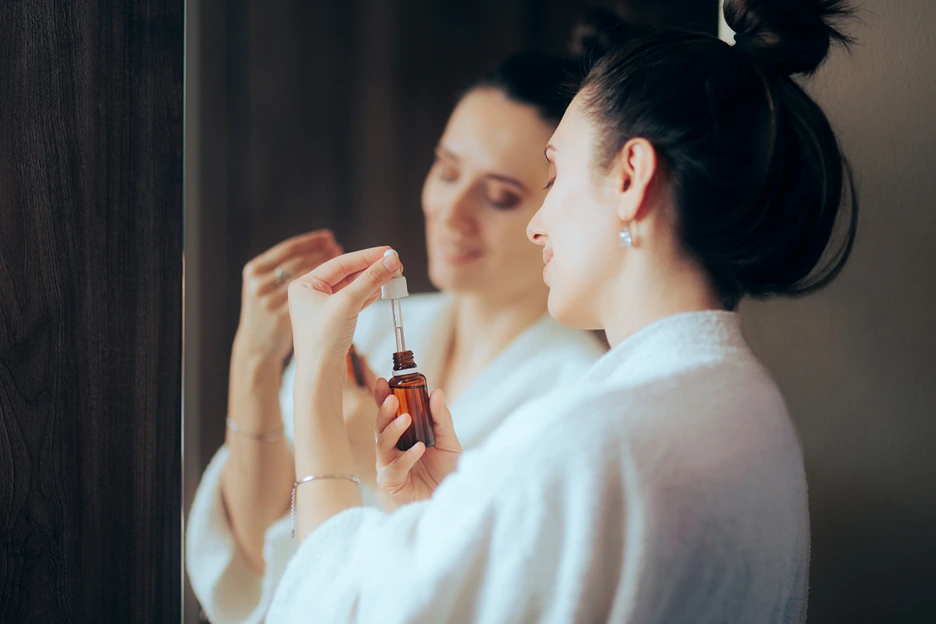
For those unable to tolerate prescription retinoids or over-the-counter retinol, several alternatives offer similar collagen-boosting, anti-aging benefits without the peeling and irritation. Potential options include:
| Ingredient | Description |
| Bakuchiol | Derived from babchi plant seeds. Stimulates collagen similarly to retinol without irritation. Reduces wrinkles and pigmentation. |
| Alpha Hydroxy Acids (AHAs) | Gently exfoliate dead skin cells. Glycolic, lactic, mandelic acids commonly used. Milder than retinol. Improve skin texture and radiance without significant irritation. Can also promote collagen production. |
| Vitamin C | Potent antioxidant that protects skin from damage. Promotes collagen synthesis. Can inhibit pigmentation and even skin tone. |
| Peptides | Stimulate collagen production. Contribute to firmer, more youthful looking skin. Well-tolerated and can enhance elasticity. |
| Niacinamide | Form of vitamin B3. Improves texture, strengthens moisture barrier, regulates oil, reduces hyperpigmentation without irritation. |
How to Choose the Right Retinol Alternative for Your Skin
With many emerging options for alternatives to retinol, consider your skin type and anti-aging concerns when selecting products:
- Sensitive or easily irritated skin may benefit most from bakuchiol or niacinamide, which are very well-tolerated.
- If you want to stimulate collagen production, reach for bakuchiol or peptide serums.
- For improving texture, tone, and radiance, look for glycolic, lactic, or mandelic acid exfoliants. Start with low percentages.
- Dry or aging skin that lacks elasticity will benefit from vitamin C and ceramide-containing alternatives that provide antioxidant protection with hydration.
- Oily and acne-prone skin may see the best results from niacinamide and adapalene, a gentler synthetic retinoid alternative available over-the-counter.
- Always patch test new products. Introduce alternatives slowly into your routine and monitor for any reactions. Consulting a dermatologist can help personalize your anti-aging skincare regimen.
Conclusion
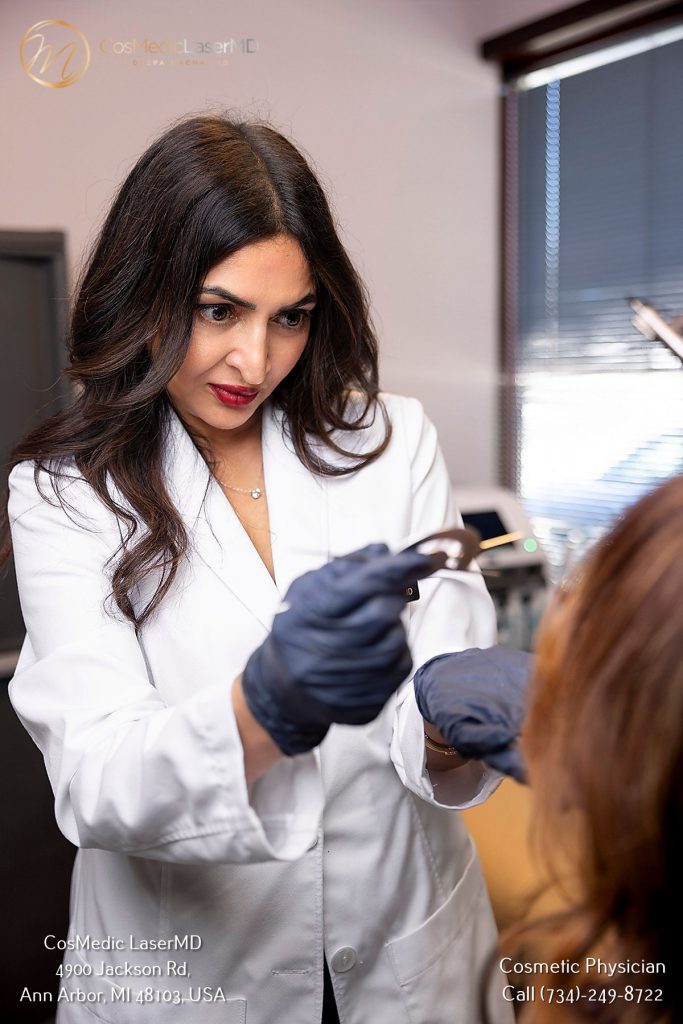
While retinol peeling is a common side effect of this popular anti-aging ingredient, its severity varies based on individual skin sensitivity and usage factors. Careful introduction of retinol along with adequate moisturization and sun protection can help minimize flaking.
For those unable to tolerate prescription or over-the-counter retinol, emerging alternatives like bakuchiol, AHAs, vitamin C, and peptides provide options to obtain youthful, glowing skin without the peeling and irritation.
As always, consulting a dermatologist provides the best avenue for developing a personalized anti-aging skincare regimen suited for your needs and skin type.
Schedule a personalized consultation at CosMedic LaserMD today to develop the optimal anti-aging skincare plan for your unique needs.

